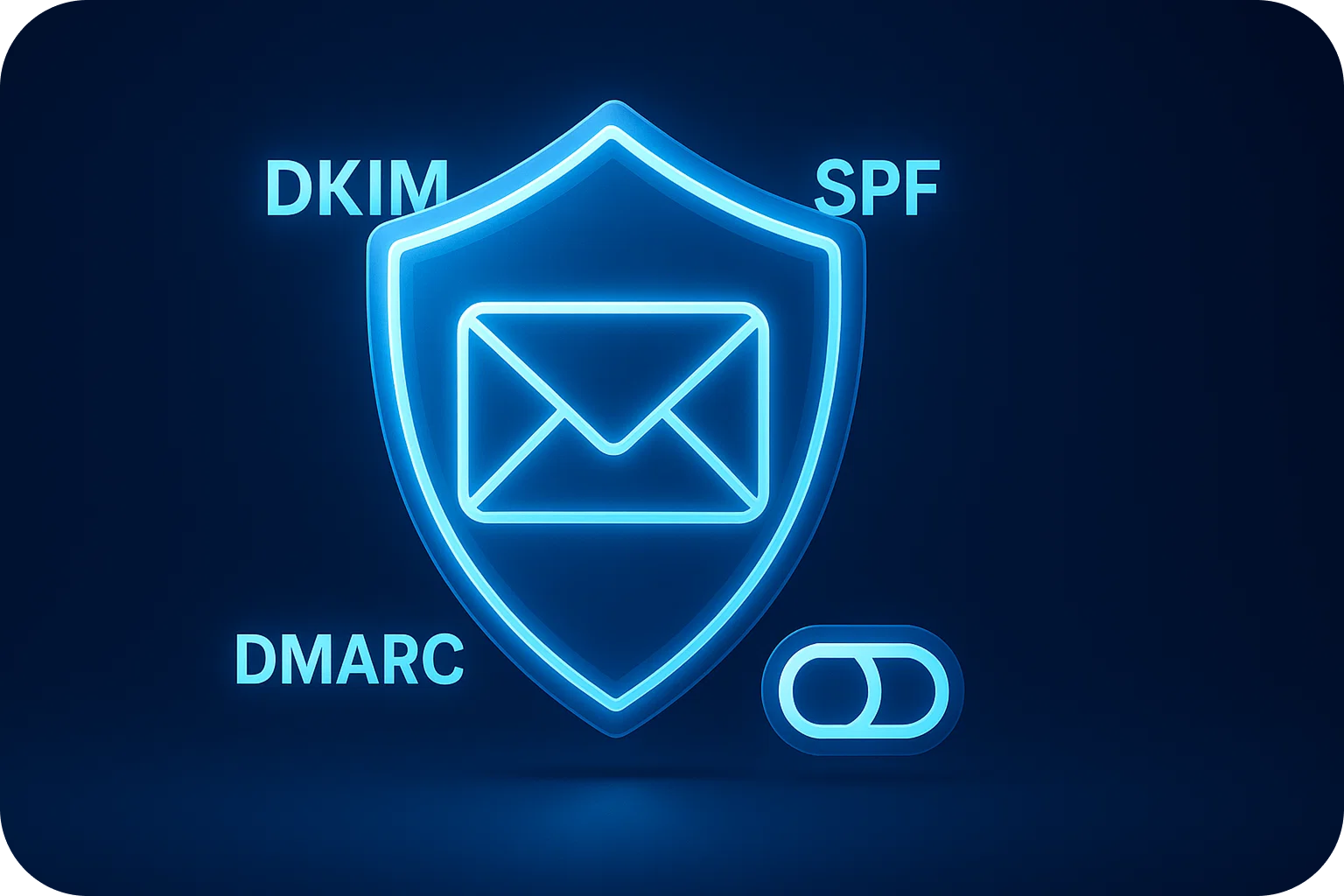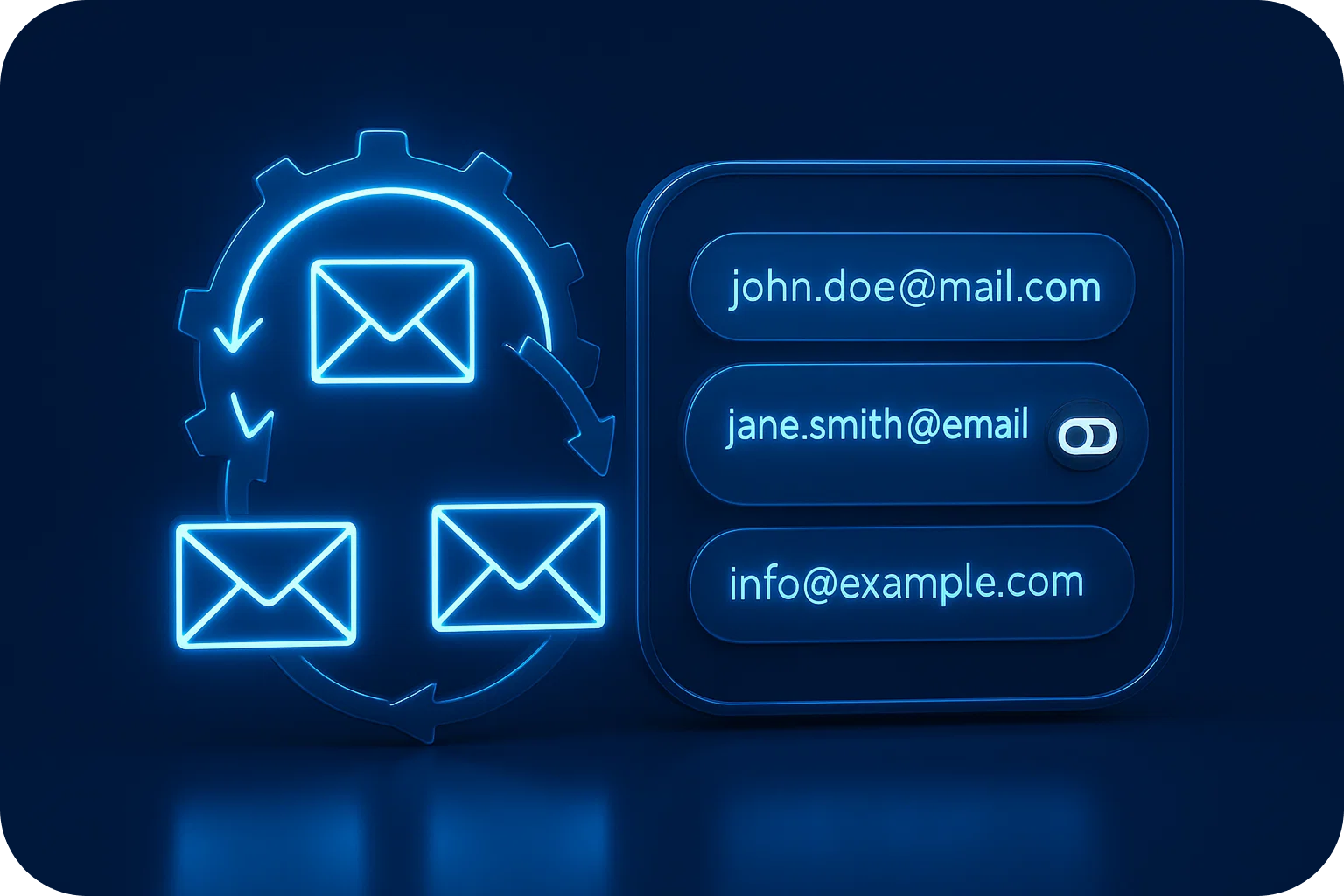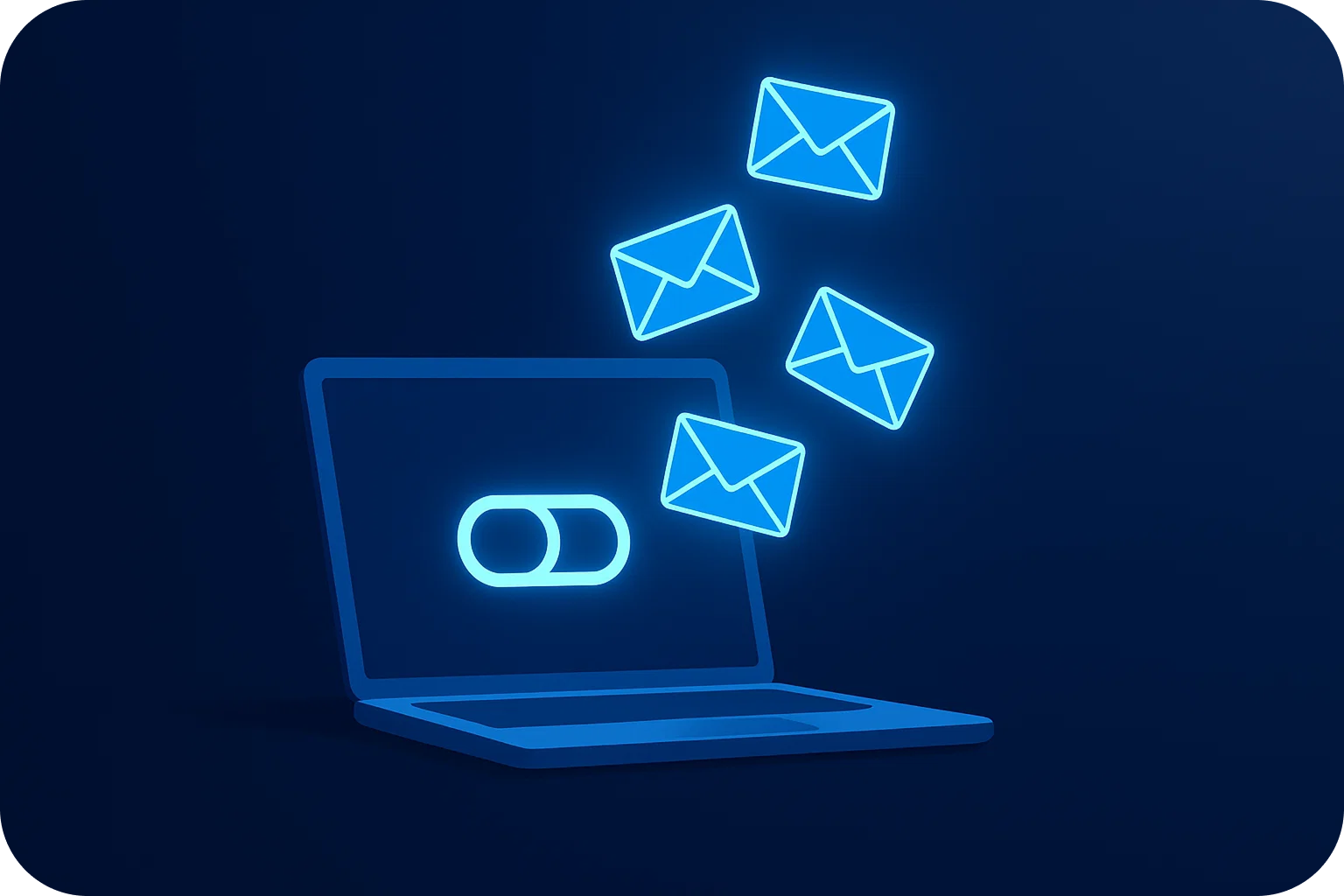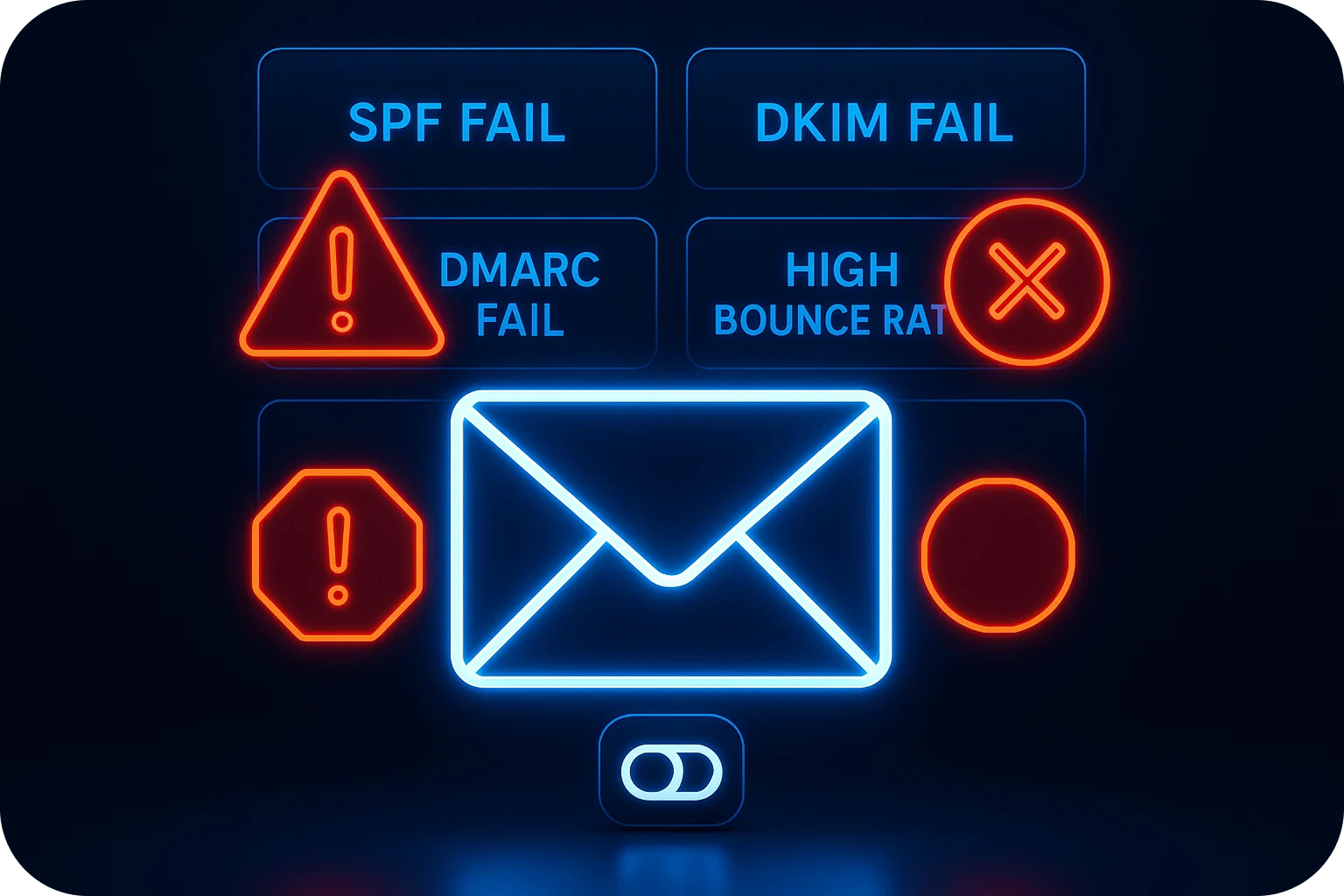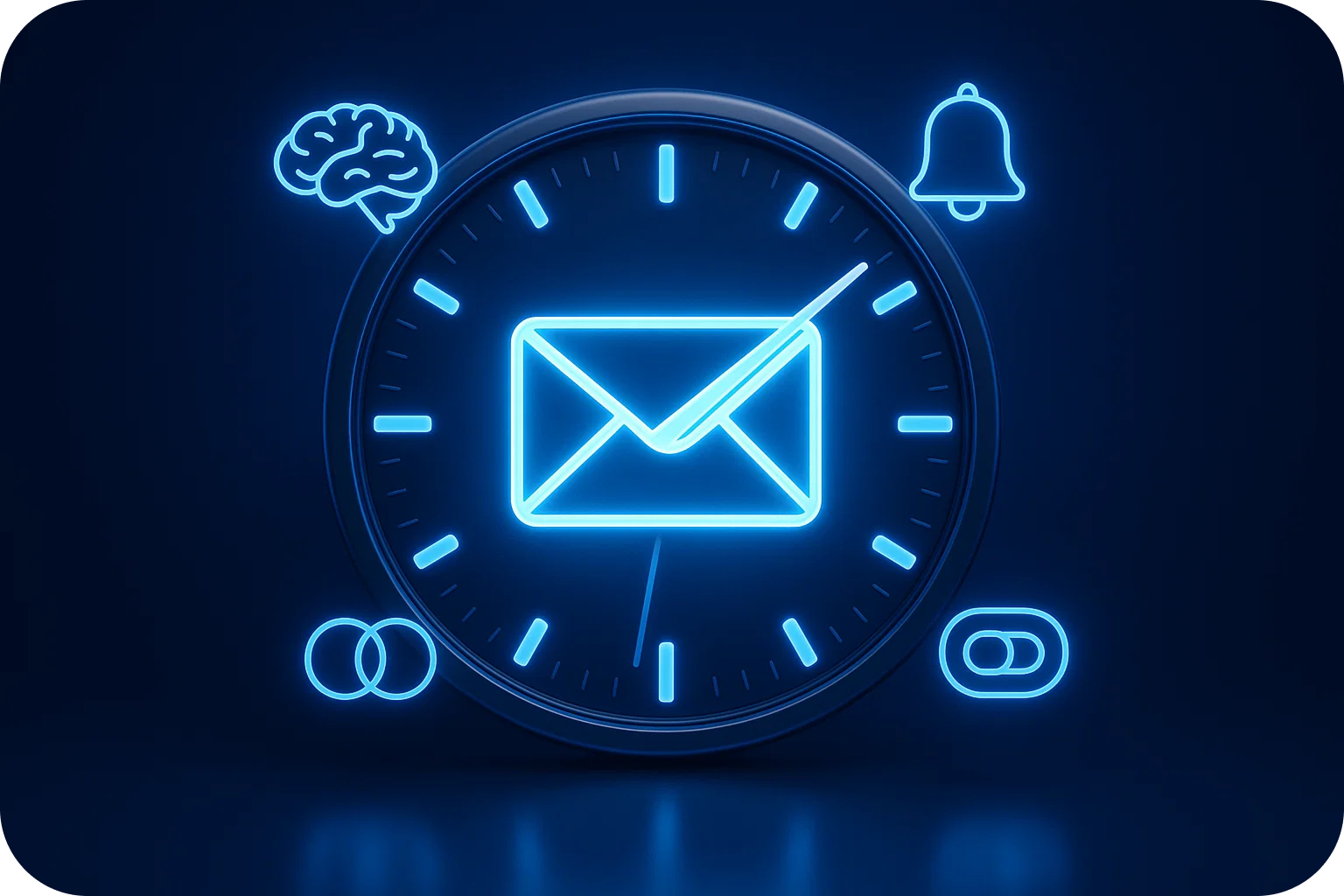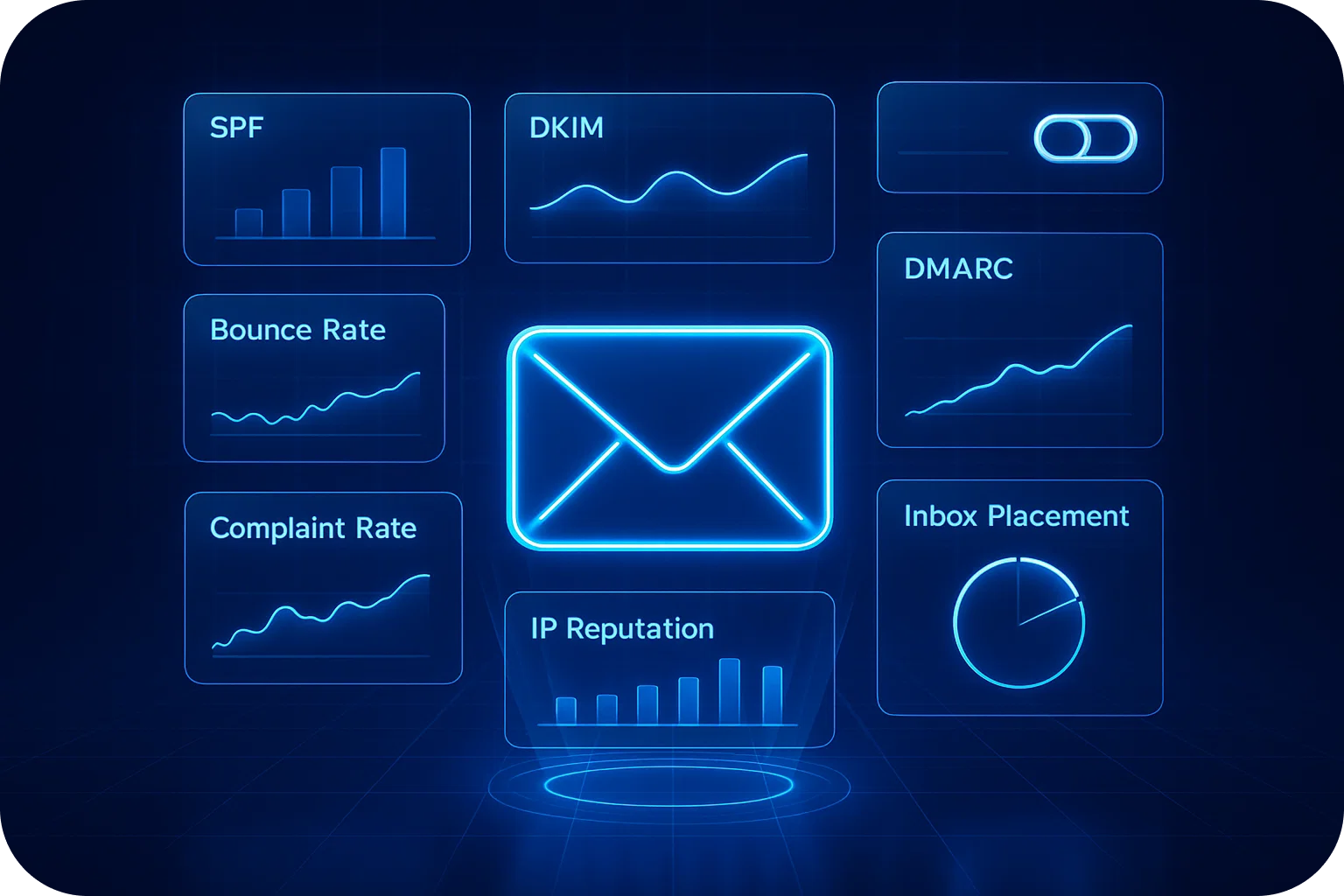The 72-Hour Window: Why Your First Three Days Determine Campaign Success
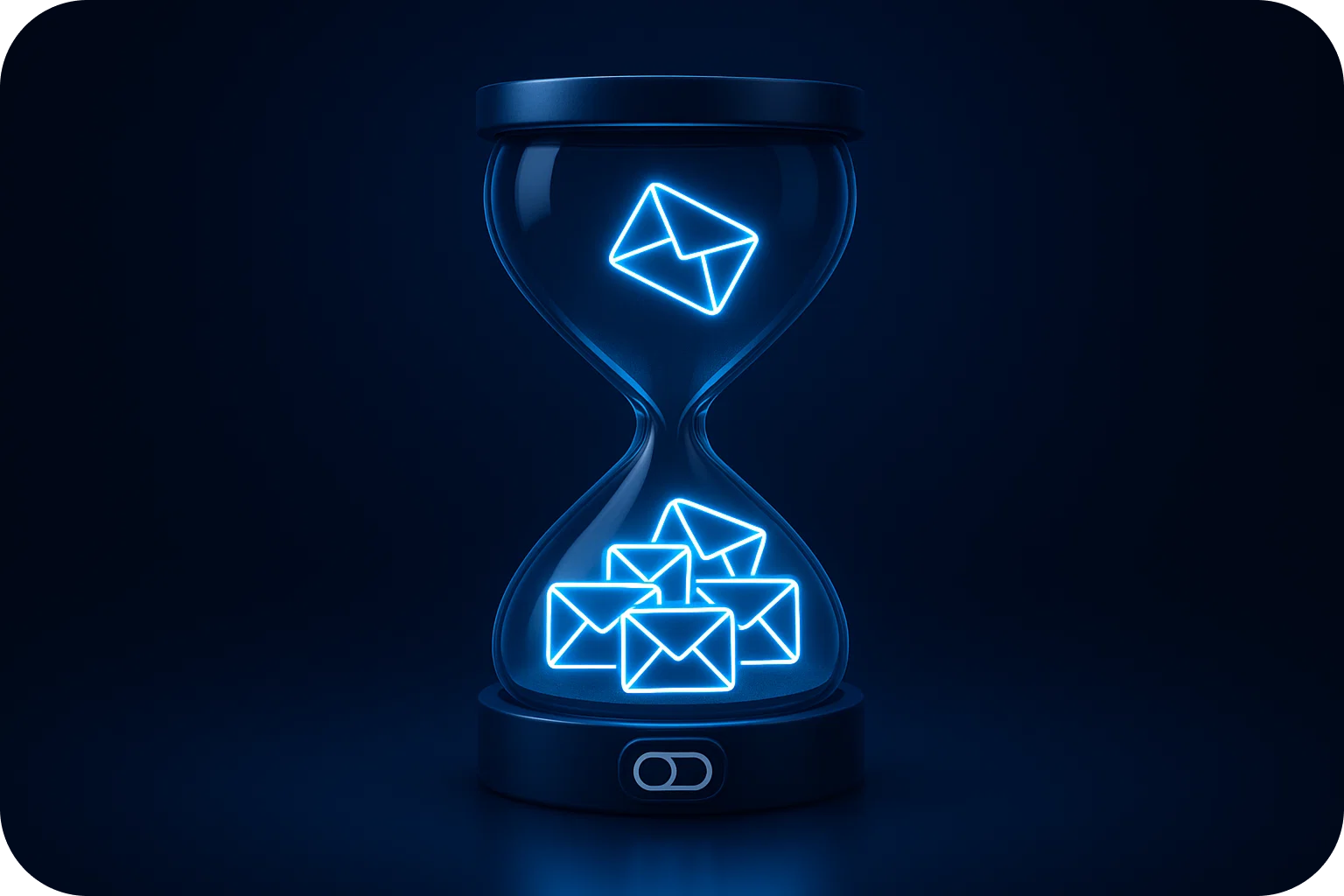
In cold email outreach, there's a critical period that most sales teams overlook, a narrow window where your campaign's fate is essentially sealed. The first 72 hours after launching your cold email campaign don't just matter; they fundamentally determine whether your emails land in the inbox or vanish into spam folders for the remainder of your campaign.
Understanding this 72-hour window and optimizing for it can mean the difference between a 2% reply rate and a 20% reply rate. Let's break down exactly why these first three days are so critical and how you can maximize your campaign's performance from the very start.
Why the First 72 Hours Matter More Than You Think
Email service providers like Gmail and Outlook don't wait weeks to evaluate your sending behavior. They make rapid assessments based on immediate engagement signals, and these initial judgments create a momentum that's difficult to reverse.
The Inbox Reputation Formation Period
When you start sending from a new domain or email account, inbox providers are watching closely. Within the first 72 hours, they're collecting data points that include:
- Engagement rates: How many recipients open, click, and reply to your emails
- Spam complaints: Whether recipients mark your messages as spam
- Bounce rates: How many of your emails hit invalid addresses
- Sending patterns: Whether your volume spikes unnaturally or follows organic growth
- Authentication signals: Whether your SPF, DKIM, and DMARC records are properly configured
These signals combine to create your initial sender reputation score. Once established, this score creates a trajectory that's exponentially harder to change. A strong start builds positive momentum; a weak start creates an uphill battle that can take weeks or months to overcome.
The Algorithmic Learning Phase
Modern email providers use machine learning algorithms that adapt quickly. During your first few days of sending, these algorithms are in an active learning phase, rapidly adjusting their classification of your emails based on recipient behavior.
If your first batch of emails generates positive engagement, opens, clicks, replies, the algorithm learns to prioritize your future messages. Conversely, if early emails are ignored, deleted without opening, or marked as spam, the algorithm quickly categorizes your sender profile as low-priority or potentially unwanted.
This learning happens faster than most people realize. Research shows that inbox providers can make preliminary sender classifications within the first 50-100 emails sent from a new address.
What Actually Happens in the First 72 Hours
Let's walk through the typical lifecycle of a cold email campaign's critical first three days and what's happening behind the scenes.
Hour 0-24: The Initial Assessment
Your first emails hit recipient inboxes, and email providers begin their evaluation. During this period:
- Inbox providers check your domain age and sender authentication
- They monitor whether recipients engage with your emails within the first few hours
- Early engagement signals (or lack thereof) begin shaping your sender score
- Your sending volume is compared against typical patterns for similar senders
This is why starting with a smaller, highly-targeted list is crucial. Sending to 500 highly relevant prospects who are likely to engage beats sending to 5,000 cold contacts who'll ignore your message.
Hour 24-48: Pattern Recognition
By the second day, inbox providers have enough data to identify patterns. They're looking at:
- Consistency in your sending schedule
- Whether engagement rates are holding steady or declining
- How quickly recipients interact with your emails after receiving them
- Whether you're respecting unsubscribe requests and bounce signals
This is the period where your sender reputation becomes more concrete. Positive signals compound into better inbox placement; negative signals trigger increased filtering.
Hour 48-72: The Momentum Lock-In
By day three, your campaign has established a trajectory. Inbox providers have made preliminary decisions about how to handle your future emails. At this point:
- Your emails are being routed to the inbox, promotions tab, or spam based on established patterns
- Your sender reputation score has stabilized in an initial range
- Future emails will be filtered through the lens of this 72-hour performance
Campaigns that perform well in this window continue to perform well. Campaigns that struggle early often continue struggling unless significant changes are made.
The Five Critical Factors That Make or Break Your First 72 Hours
1. List Quality and Targeting Precision
Nothing impacts your first 72 hours more than sending to the right people. High-quality, well-researched lists generate engagement; purchased or scraped lists generate spam complaints.
Before launching, ensure your list includes:
- Verified email addresses with low bounce rates
- Recipients who match your ideal customer profile
- Contacts at companies that genuinely need your solution
- Decision-makers or influencers, not generic info@ addresses
The goal isn't maximum volume in your first 72 hours, it's maximum relevance. A 30% open rate on 200 targeted emails outperforms a 5% open rate on 2,000 random contacts.
2. Email Warm-Up and Domain Reputation
Launching a cold email campaign from a brand-new domain or email address without proper warm-up is like running a marathon without training. Your sender reputation needs time to build.
Proper warm-up typically takes 3-4 weeks and involves:
- Gradually increasing sending volume from 10-20 emails per day to full capacity
- Ensuring high engagement rates during the warm-up period
- Establishing consistent sending patterns
- Building a positive sender history before launching cold outreach
Skipping warm-up means your critical first 72 hours start from a position of weakness, with inbox providers treating you as an unknown, potentially risky sender.
3. Technical Infrastructure and Authentication
Your email authentication setup must be flawless before sending your first message. Inbox providers check SPF, DKIM, and DMARC records immediately, and failures here can doom your campaign before it starts.
Essential technical requirements include:
- Properly configured SPF records authorizing your sending servers
- DKIM signatures validate your email authenticity
- DMARC policies protecting your domain from spoofing
- Custom tracking domains that match your sending domain
- Proper DNS configuration for all email-related records
Technical failures in the first 72 hours create lasting damage to your sender reputation that takes weeks to repair.
4. Message Quality and Personalization
Your email content directly impacts engagement rates during the critical first 72 hours. Generic, salesy messages get ignored or marked as spam; personalized, value-focused messages generate replies.
High-performing first emails typically include:
- Personalized subject lines referencing the recipient's company or role
- Opening lines that demonstrate research and relevance
- Clear value propositions focused on recipient benefits
- Specific, low-friction calls to action
- Professional formatting without excessive images or links
Remember: inbox providers measure engagement. Emails that recipients want to read improve your sender reputation; emails that get immediately deleted hurt it.
5. Sending Volume and Velocity
How many emails you send and how quickly you ramp up volume dramatically impact your first 72 hours. Sudden volume spikes trigger spam filters; gradual, consistent sending builds trust.
Best practices for the first three days include:
- Starting with 20-50 emails per inbox per day, not the maximum capacity
- Spreading sends throughout business hours, not batch-sending
- Using multiple inboxes to distribute volume (3-5 inboxes per domain)
- Monitoring engagement rates and adjusting volume accordingly
- Never exceeding 100 emails per inbox per day, even after warm-up
The goal is to mimic human sending patterns, not automated blast behavior.
How to Maximize Your First 72 Hours
Pre-Launch Preparation (Weeks Before Day One)
Success in the first 72 hours starts weeks earlier with proper preparation:
- Complete email warm-up: Spend 3-4 weeks building sender reputation before launching cold outreach
- Verify technical setup: Test all authentication records and ensure 100% pass rates
- Segment your list: Identify your highest-quality prospects for initial outreach
- A/B test messaging: Test subject lines and email copy on small samples before full launch
- Set up monitoring: Implement tracking for deliverability, open rates, and reply rates
Day One Strategy
Your first day sets the tone for the entire campaign:
- Send to your most targeted, highest-quality prospects first
- Keep volume conservative
- Monitor engagement rates hourly and adjust if needed
- Respond immediately to any replies to boost engagement signals
- Check spam placement using seed lists across major providers
Days Two and Three Optimization
Use early data to optimize your approach:
- Analyze which subject lines and messaging generate the best engagement
- Adjust targeting if open rates are below 30-40%
- Gradually increase volume if engagement remains strong
- Pause or pivot if deliverability issues emerge
- Double down on what's working; cut what isn't
Warning Signs in Your First 72 Hours
Certain red flags indicate your campaign is heading in the wrong direction. Watch for:
- Open rates below 20%: Suggests poor list quality or inbox placement issues
- High bounce rates (above 5%): Indicates a list verification problem
- Spam complaints: Even one or two complaints in the first 72 hours is concerning
- Declining engagement: If day three performs worse than day one, something's wrong
- Sudden volume drops: May indicate your emails are being filtered or blocked
If you see these warning signs, pause your campaign immediately and diagnose the issue before continuing.
The Long-Term Impact of Your First 72 Hours
The consequences of your first three days extend far beyond the initial campaign. A strong start creates:
- Sustained high deliverability: Inbox providers continue prioritizing your emails
- Compounding engagement: Good placement leads to more engagement, which leads to better placement
- Scalability: You can confidently increase volume knowing your foundation is solid
- Domain authority: Your sending domain builds long-term reputation value
Conversely, a poor start creates lasting challenges that require significant time and effort to overcome.
Conclusion
The first three days of your cold email campaign aren't just another phase of outreach; they're the foundation that determines everything that follows. Inbox providers make rapid judgments based on early signals, and these judgments create momentum that's difficult to reverse.
Success in this critical window requires meticulous preparation: proper email warm-up, flawless technical configuration, high-quality targeting, compelling messaging, and strategic volume management. Shortcuts during this period create problems that can take months to fix.
The good news? When you get your first 72 hours right, you set yourself up for sustained success. Your emails land in inboxes, your engagement rates stay high, and your campaigns deliver the results you're looking for.
Treat your first 72 hours with the importance they deserve, and your cold email campaigns will thank you for months to come.
More articles
Get started now




%201.png)
